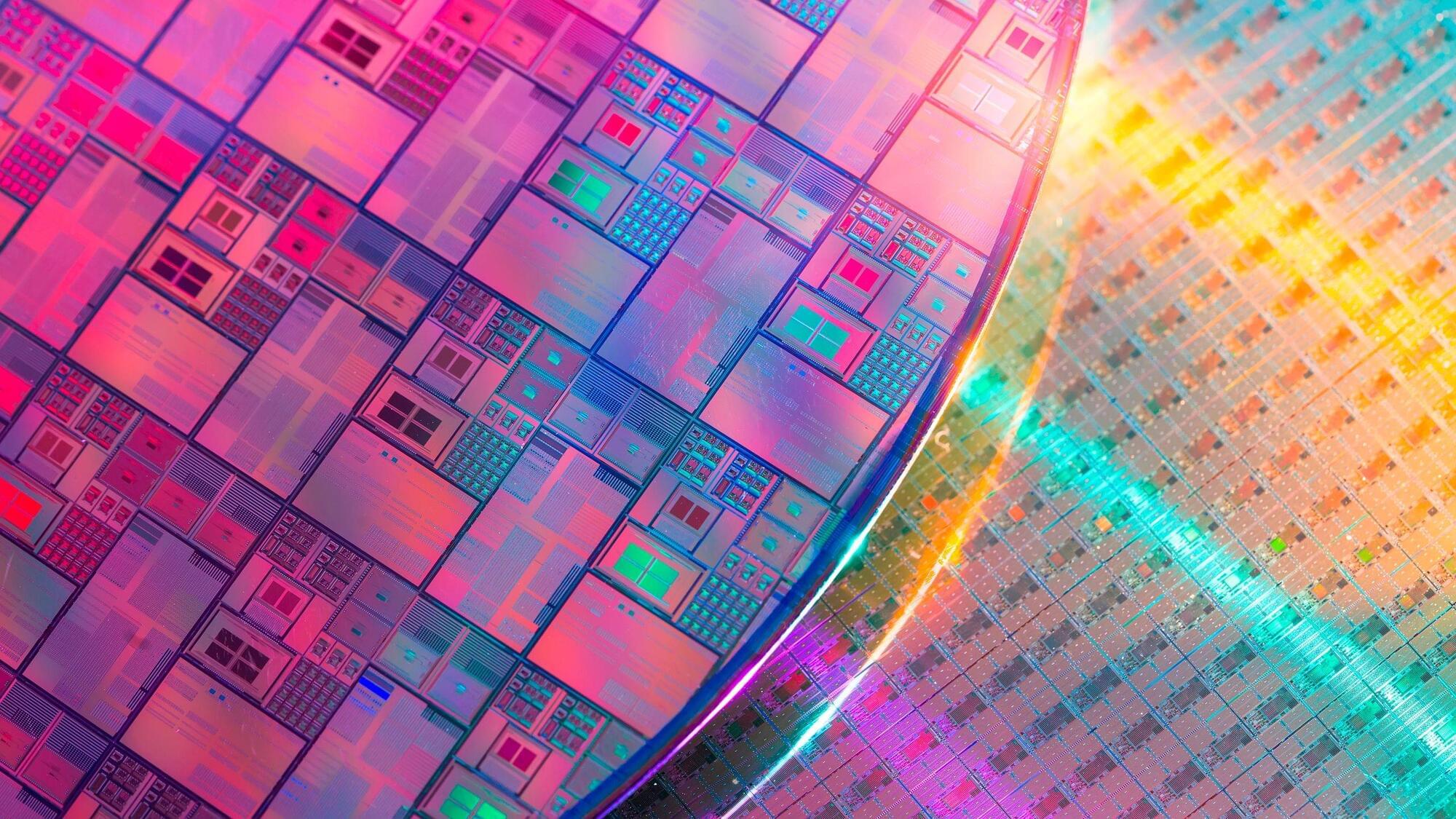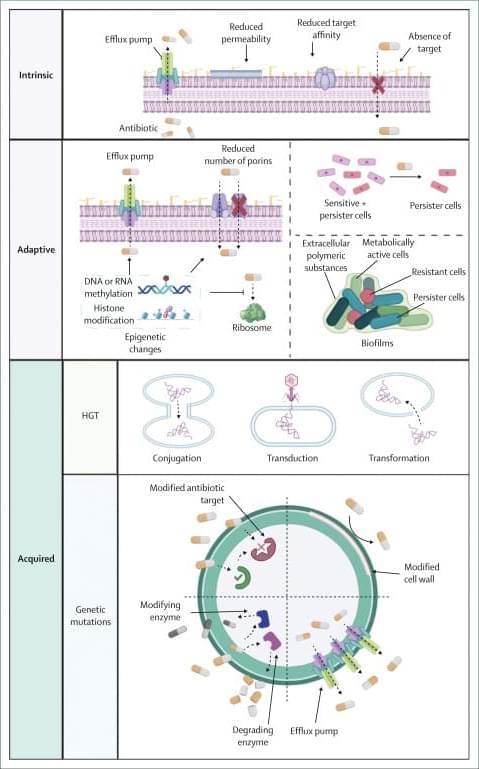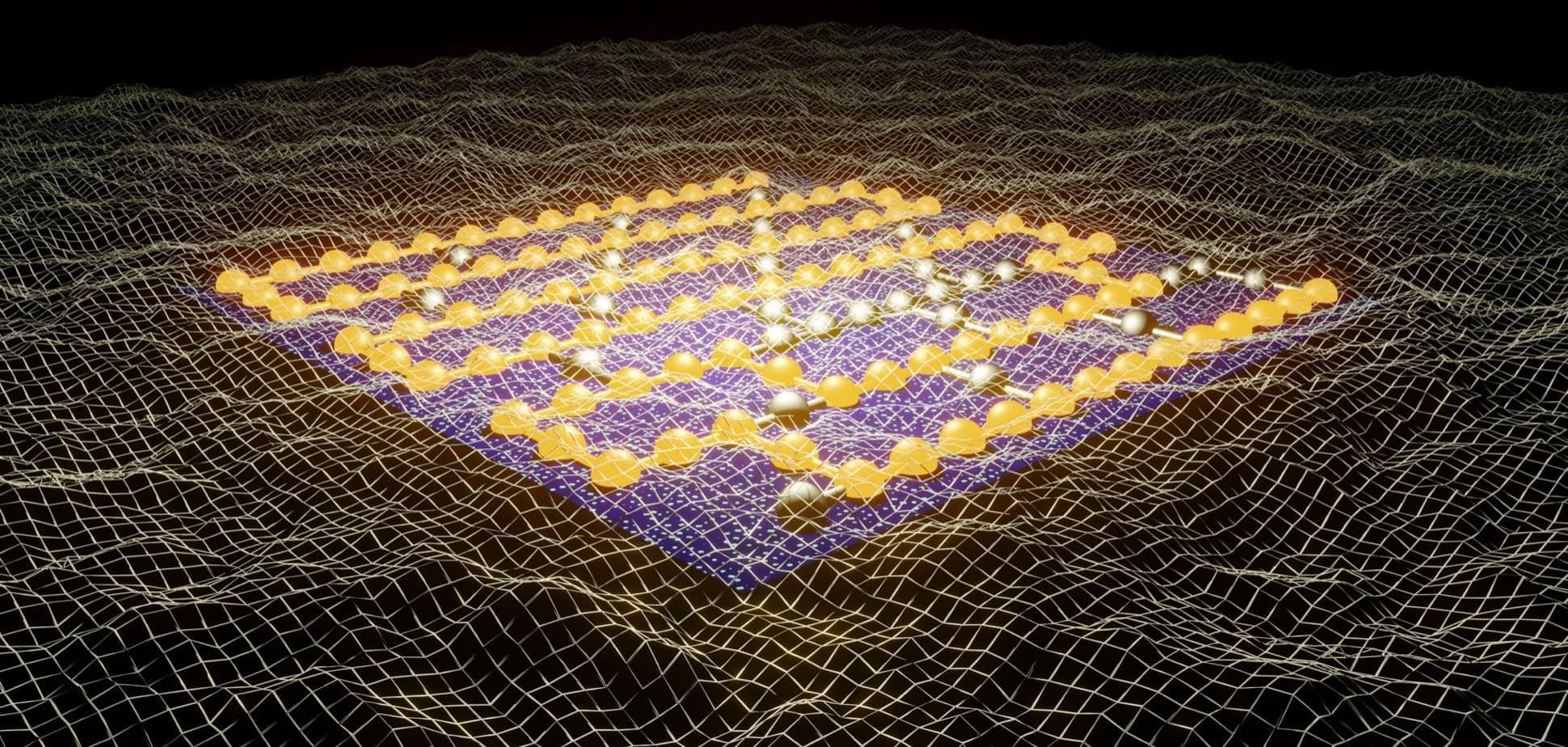Get the latest international news and world events from around the world.


Antimicrobial resistance: a concise update
Antimicrobial resistance (AMR) is a serious threat to global public health, with approximately 5 million deaths associated with bacterial AMR in 2019. Tackling AMR requires a multifaceted and cohesive approach that ranges from increased understanding of mechanisms and drivers at the individual and population levels, AMR surveillance, antimicrobial stewardship, improved infection prevention and control measures, and strengthened global policies and funding to development of novel antimicrobial therapeutic strategies.

Dark energy might be changing and so is the Universe
Dark energy may be alive and changing, reshaping the cosmos in ways we’re only beginning to uncover. New supercomputer simulations hint that dark energy might be dynamic, not constant, subtly reshaping the Universe’s structure. The findings align with recent DESI observations, offering the strongest evidence yet for an evolving cosmic force.
Since the early 20th century, scientists have gathered convincing evidence that the Universe is expanding — and that this expansion is accelerating. The force responsible for this acceleration is called dark energy, a mysterious property of spacetime thought to push galaxies apart. For decades, the prevailing cosmological model, known as Lambda Cold Dark Matter (ΛCDM), has assumed that dark energy remains constant throughout cosmic history. This simple but powerful assumption has been the foundation of modern cosmology. Yet, it leaves one key question unresolved: what if dark energy changes over time instead of remaining fixed?
Recent observations have started to challenge this long-held view. Data from the Dark Energy Spectroscopic Instrument (DESI) — an advanced project that maps the distribution of galaxies across the Universe — suggests the possibility of a dynamic dark energy (DDE) component. Such a finding would mark a significant shift from the standard ΛCDM model. While this points to a more intricate and evolving cosmic story, it also exposes a major gap in understanding: how a time-dependent dark energy might shape the formation and growth of cosmic structures remains unclear.



A new way to trigger responses in the body
Researchers at the University of Tokyo developed an experimental method to induce a strong physiological response linked to psychological pressure by making participants aim for a streak of success in a task. Their findings suggest this approach reproduces pressurelike conditions in a laboratory setting more effectively than traditional methods, affording easier access to the study of this state. That in turn could open up research into how pressure influences human performance in physical and intellectual tasks.
Whether in an exam hall or on the field, to “crack” under pressure is a common trope. But what’s the reality behind this idea? It’s easy to assume that with greater pressure comes greater chance of losing your composure. To know, then, how to overcome this could yield greater performance benefits. But the path to study such ideas is far from simple. Being rigorous in the field of psychology is extremely difficult, as there are limitless factors that can impact different people in different ways. Previous experimental methods have been limited in that they failed to induce strong physiological arousal.
Driven by such limitations and an urge to better understand the impacts of pressure on performance, Professor Kazutoshi Kudo and his team at the University of Tokyo’s Graduate School of Arts and Sciences set out to devise a better method. Their aim was to find how to produce strong physiological arousal in subjects in ways that allowed them to isolate the effects of different kinds of tasks, so that the nature of the tasks, settings and other variables could be methodically measured and accounted for. It was also important for them that their method could exist at larger scales than is often possible for tests and trials in this field.


This 250-Year-Old Whale Might Hold the Key to Human Longevity
Join our LONGEVITY and ANTI-AGING Skool Community: https://www.skool.com/youthspan-society-9710/
Timestamps:
00:00 Intro.
00:41 DNA damage and aging.
01:37 Why bowhead whales live so long.
03:13 Cold shock proteins and lifespan.
04:43 Body temperature and longevity.
06:50 Acute cold exposure benefits.
08:10 Takeaway.
100 Health Biomarkers Ranked: https://youtu.be/SgKp5mm0ALI?si=M7YkYo6Lelci7kOQ
Start rewinding your biological clock: https://www.siimland.co/course.
P.S. This is not professional medical advice and should not be taken as such. The creator of this video is not held accountable for your health. Consult your doctor first.